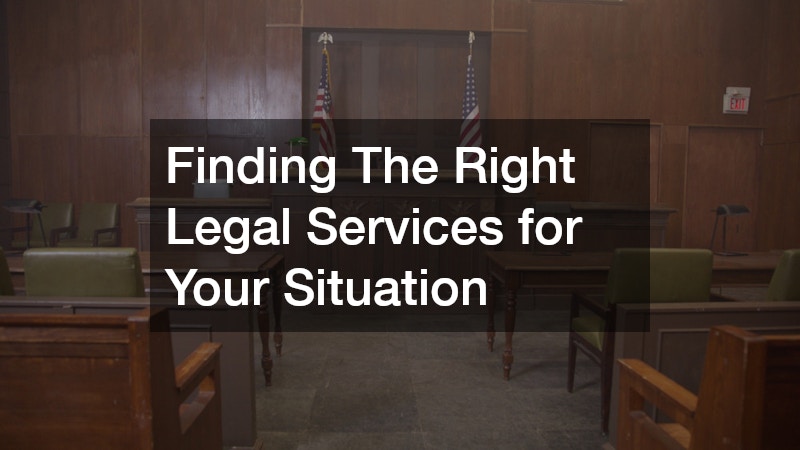
Fall protection is one of the most critical aspects of workplace safety, especially in industries where employees are exposed to heights, such as construction, manufacturing, and maintenance. The Occupational Safety and Health Administration (OSHA) has established fall protection guidelines to prevent injuries and fatalities associated with falls, which are among the leading causes of workplace accidents. Understanding why these guidelines exist underscores their importance in maintaining a safe work environment.
Preventing Fatalities and Injuries
The primary reason OSHA fall protection guidelines exist is to prevent fatalities and injuries caused by falls. According to OSHA, falls are the leading cause of death in the construction industry, accounting for a significant percentage of all occupational fatalities each year.
Falls from ladders, scaffolding, roofs, and other elevated surfaces can result in serious injuries or death, even from relatively low heights. By implementing fall protection measures, such as guardrails, safety nets, and personal fall arrest systems, employers can significantly reduce the risk of falls and protect their workers from harm.
Legal and Regulatory Compliance
OSHA fall protection guidelines are not just recommendations; they are legal requirements that employers must follow to comply with federal workplace safety regulations. Failure to adhere to these guidelines can result in severe penalties, including fines, citations, and even the suspension of operations. By establishing clear fall protection standards, OSHA ensures that all employers are held accountable for maintaining safe working conditions. These guidelines provide a consistent framework for evaluating and mitigating fall hazards, helping to create a level playing field for businesses while prioritizing worker safety.
Enhancing Workplace Productivity
While safety is the foremost concern, adhering to OSHA fall protection guidelines also contributes to increased workplace productivity. A safe work environment fosters confidence among employees, enabling them to perform their tasks efficiently without the constant fear of injury. When workers are protected from fall hazards, they can focus on their jobs with fewer distractions, leading to better performance and higher morale. Additionally, by preventing accidents, employers can avoid costly disruptions, such as lost workdays, medical expenses, and workers’ compensation claims, which can impact overall productivity.
Promoting a Safety Culture
OSHA fall protection guidelines are instrumental in promoting a culture of safety within organizations. By emphasizing the importance of fall protection, employers demonstrate their commitment to the well-being of their employees. This commitment not only improves compliance with regulations but also encourages workers to take safety seriously and adhere to best practices. A strong safety culture leads to fewer accidents, better teamwork, and a more positive work environment, ultimately benefiting both employees and employers.
Adapting to Evolving Work Environments
Workplaces are constantly evolving, with new technologies, methods, and materials being introduced regularly. OSHA fall protection guidelines are designed to adapt to these changes, ensuring that safety measures remain relevant and effective. By staying current with OSHA standards, employers can address emerging hazards and protect workers in a variety of settings, from traditional construction sites to modern industrial facilities.







